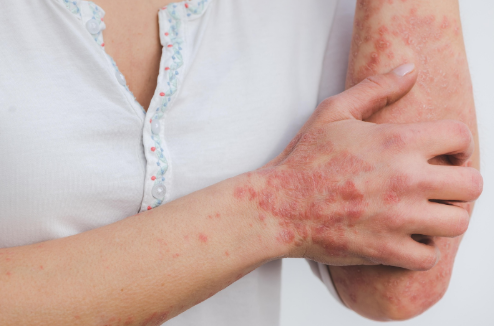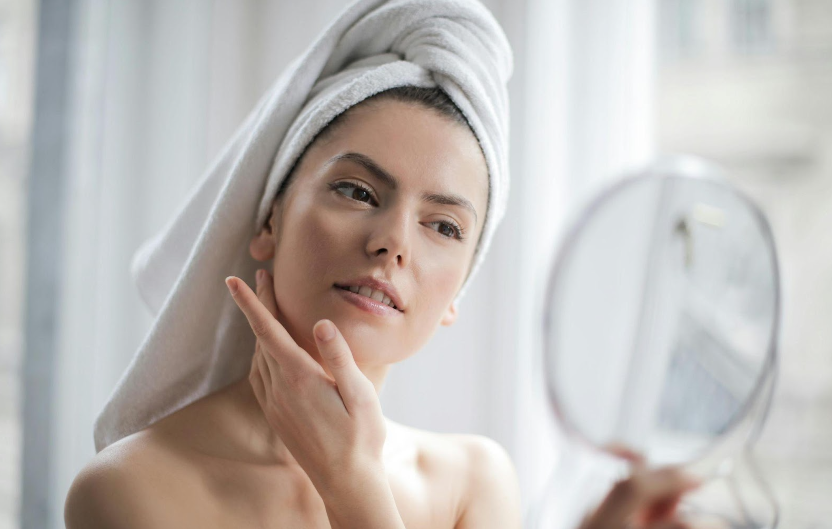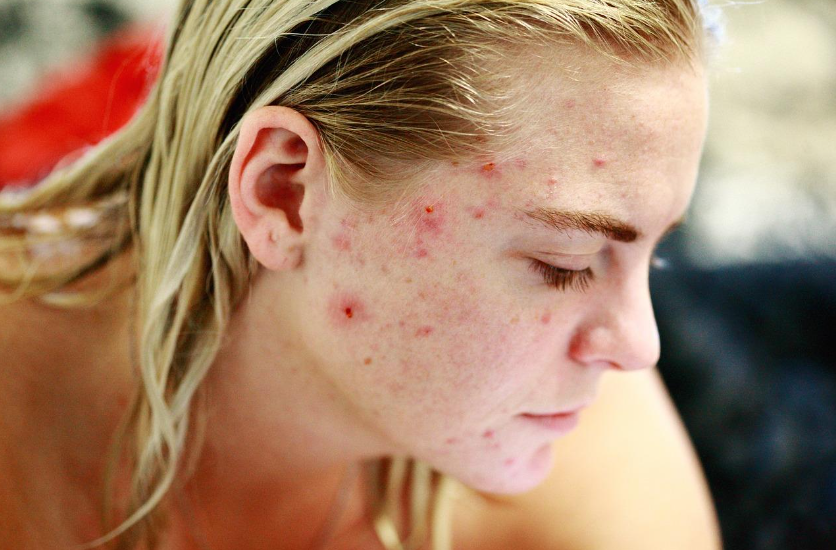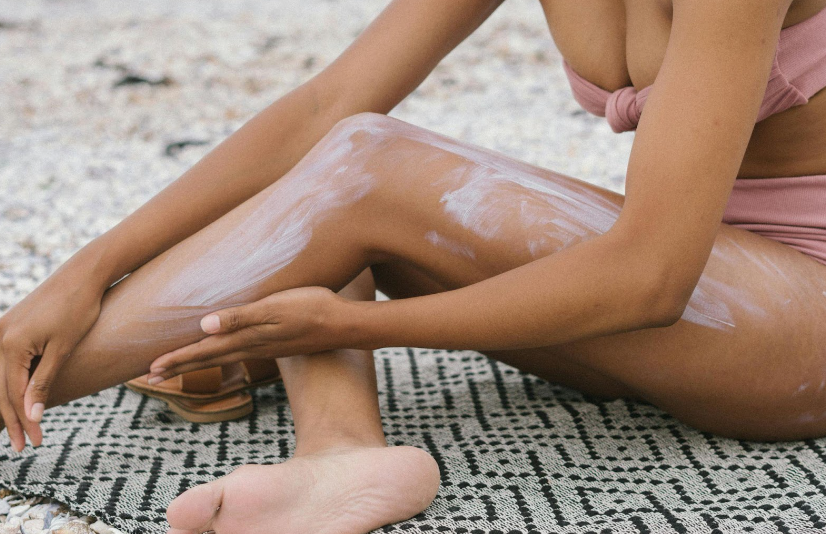Dermatology & Wound Care
Dr. Rebecca Duff • April 14, 2017
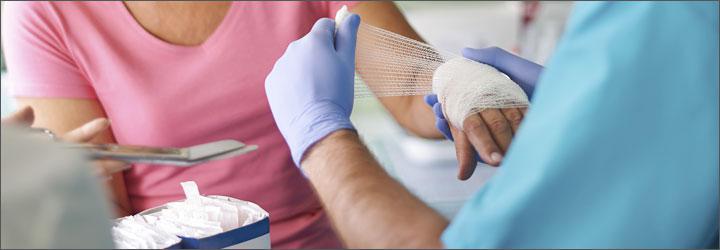
One of the services available at most dermatology clinics, and most certainly available at Pine Belt Dermatology & Skin Cancer Center, that many people may not be aware of is that of wound care. For most people dermatology is associated with moles, skin cancer, warts, rashes, and non-surgical cosmetic procedures. This is not an inaccurate view of dermatology and the role that your dermatologist plays in your health, but there is still much more than meets the eye when it comes to dermatology. Wound care centers are great for extremely severe wounds, however many of the caregivers at these centers develop involved, and expensive, treatment programs even for the more mild wounds (such as superficial 2nd degree burns) that can take a physical and emotional toll on the patient. This blog is not intended to undermine the necessity of wound care centers by any stretch of the imagination, but in fact, is an effort to educate patients on recognizing when it is appropriate to see a dermatologist instead of occupying the wound care providers’ time when their time could be spent on more severely wounded patients. In many instances, much of what encompasses mild wound care therapies is maintenance and monitoring of the skin surrounding the wound itself. Who better to see for such therapies than a doctor who specializes in the health of the skin? Dermatologists are in fact wound care specialists. At the risk of a gross generalization, dermatologists know more about skin wound issues and can utilize that knowledge base to better serve these patients. In this blog, I want to discuss wound care services that are available at Pine Belt Dermatology & Skin Cancer Center locations in Hattiesburg, Petal, Collins, and soon Ellisville.
What injured skin conditions can be treated?
- Severe burns (sunburns especially).
- Blisters
- Bug bite & stings.
- Animal bites (dogs, cats, raccoons, other feral animals).
- Frostbite wounds (though anomalies in southern Mississippi).
- Severe splinters.
- Wound care that can help reduce the formation of scarring.
- Discussion of dermatological intervention of such conditions:
Any time the skin is injured, be it surgery or an accident, the body immediately begins to work towards remedying the wounded area. It is a natural process that can sometimes forms a scar as it heals. How big, small, smooth, rough, or colored the scar becomes determines largely on how well the wounded skin heals. For injuries that are devastating to the skin it is sometimes difficult to completely avoid scars, especially over joints. Wound care services include services for:
- Cleaning the wound and maintaining clean and health bandaging.
- The proper bandage will keep your wounded area moist, clean, and will help prevent it from bleeding in the future. Attempting to remove the bandage and bathe the wound can be detrimental to its healing process, so it is important to see a provider to help maintain wound cleanliness.
- Properly moisturizing the wounded area.
- Optimal wound health is more successfully achieved when they remain moist. Dry wounds will scar easier, take much longer to heal, and the damaged area will be weaker than had the wound been kept moist during the mending process.
- Reduce the chance of your wound bleeding.
- It is not uncommon for wounds to bleed even after the initial surgery or accident occurred.
- Ensure that the wound does not become infected.
- Even when exhaustive measures are taken, a patient’s wound can easily become infected so it is important to see a provider to ensure that your wound stays clean and healthy.
- Properly remove the sutures that are in place (if sutures were necessary for optimal wound health).
- Monitor and maintain any pain that or discomfort that you may experience.
Severe blisters are another form of wound that can be taken care of by one of our providers at Pine Belt Dermatology & Skin Cancer Center. Most often, blisters are associated with occurring on the feet, but they can actually occur anywhere on the body. Any part that rubs against clothing or rough surfaces can become blistered and irritated. Additionally, severe diabetics can form blistering on their skin, or even worse, deep diabetic ulcers can form. For severe blisters make sure to keep them covered with a loose bandage, use padding to reduce the pressure on blistered areas, keep the area clean and covered, and avoid popping the blister. For severe blisters that build up massive amounts of fluid in them, it would be necessary to have a dermatologist look at them and perform a sterilized drainage process if necessary. Again for severe and massive blisters it may be necessary to visit a dermatologist to ensure that the blistered area does not become infected. If any blister remains red, painful, swollen, or recurrently fills with pus please reach out to a provider at Pine Belt Dermatology & Skin Cancer Center as soon as you can.
Bug bites can also become an area of concern, especially if you are allergic to them and unaware of it. Most bug bites and stings are harmless and can be remedied over the counter or at home, but if you are allergic to the bug’s venom or if the bug is carrying a disease extreme discomfort or rash can occur. In the event this is the case it may be a good idea to see a dermatologist. Bugs that may leave bites that require further attention include:
- Ticks
- Bedbugs
- Mosquitoes
- Fleas
- Biting flies
- Mites
- Wasps/Hornets or bees
- Fire ants
- Spiders
Severe sunburns can be cause for concern. It goes without saying that repeated sun exposure can cause chronic skin conditions later in life but severe sunburns acute susceptibilities as well. Severely sunburned skin (or any burned skin for that matter) can bubble up and blister. It is paramount that if something like this happens that you see one of our providers. Ruptured burn blisters leave you more susceptible to bacterial infections, so do not pop them at home. These blisters may require drainage, but if so, it is in you and your health’s best interest to have a dermatology provider perform the operation. As a general rule of thumb contact a dermatologist if you notice any of the following:
- The sunburn is blistering and covering large portions of the body
- Does not respond to over-the-counter or at-home therapies within two days.
- The sun burn is associated with nausea or chills, confusion, high fever, extreme pain, or headache.
- Red streaks leading away from a rupture blister.
- Yellow drainage from a blister.
- Swelling
- Increased pain and tenderness.
- Blisters occur larger than a pencil eraser.
As mentioned in the opening of the blog, it is important to take extremely severe wounds to a wound care center as they are better equipped to handle large body burns and large wounds. However, moderate to slightly severe wounds that predominately involve the healing of the skin can be treated and maintained at your local dermatologists’ office.

Your skin, the body's largest organ, is a vital indicator of your overall health. Changes in its appearance can signal underlying medical conditions that may require attention. Whether it’s ensuring you’re getting the right nutrients, managing stress, or seeking professional care, being attuned to what your skin tells you makes it easier to stay on top of your health.
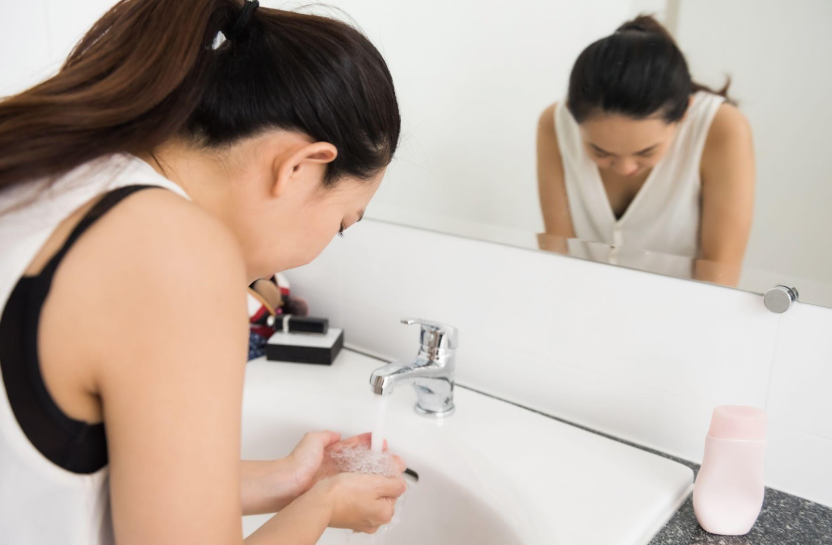
Achieving healthy, glowing skin begins with an effective cleansing routine. However, small mistakes can disrupt your skin’s natural balance, leading to irritation, breakouts, or premature aging. Avoiding these common errors and incorporating advanced techniques can significantly impact your skincare journey.

You’ve likely felt it in your life: that uncomfortable feeling of tightness, flakiness, and sometimes even itchiness that can make your skin look and feel less than its best. But what exactly causes dry skin, and how do you treat it? Don’t fret because we’ve put together some treatment tips that can help your dry skin regain its moisture.

